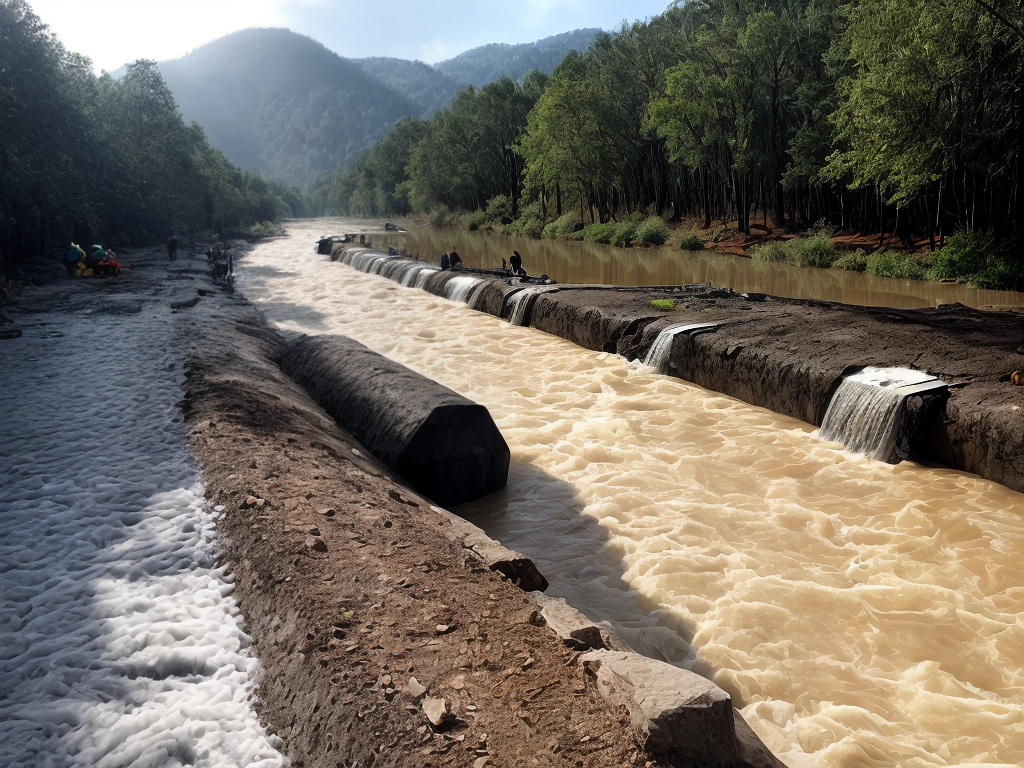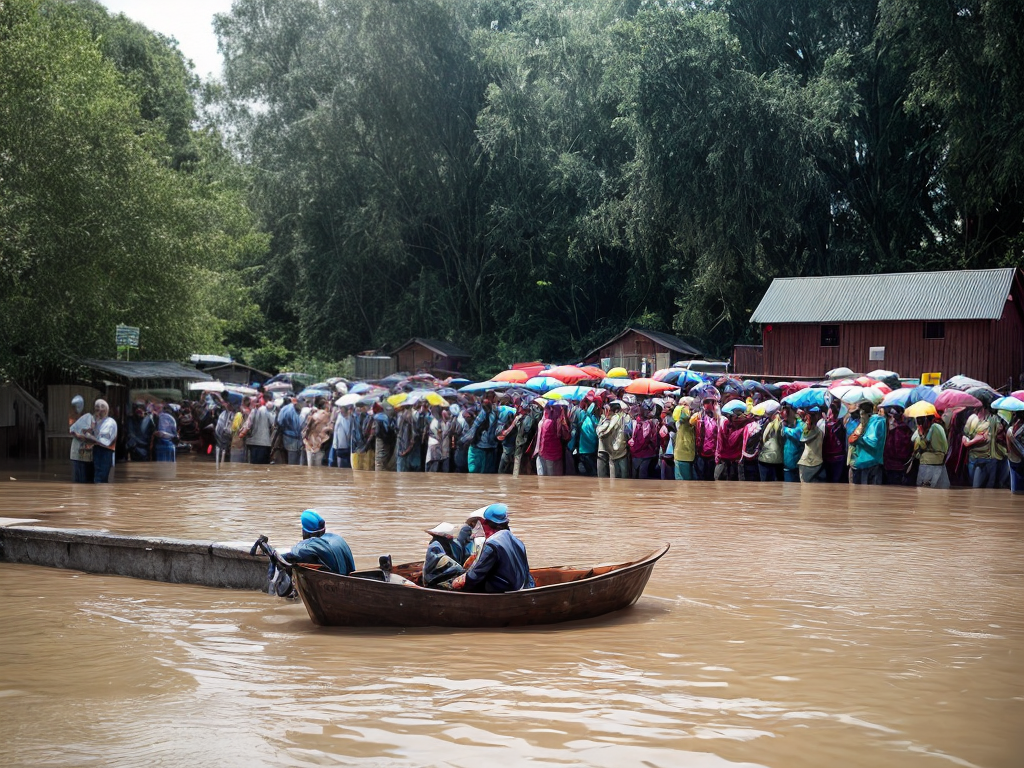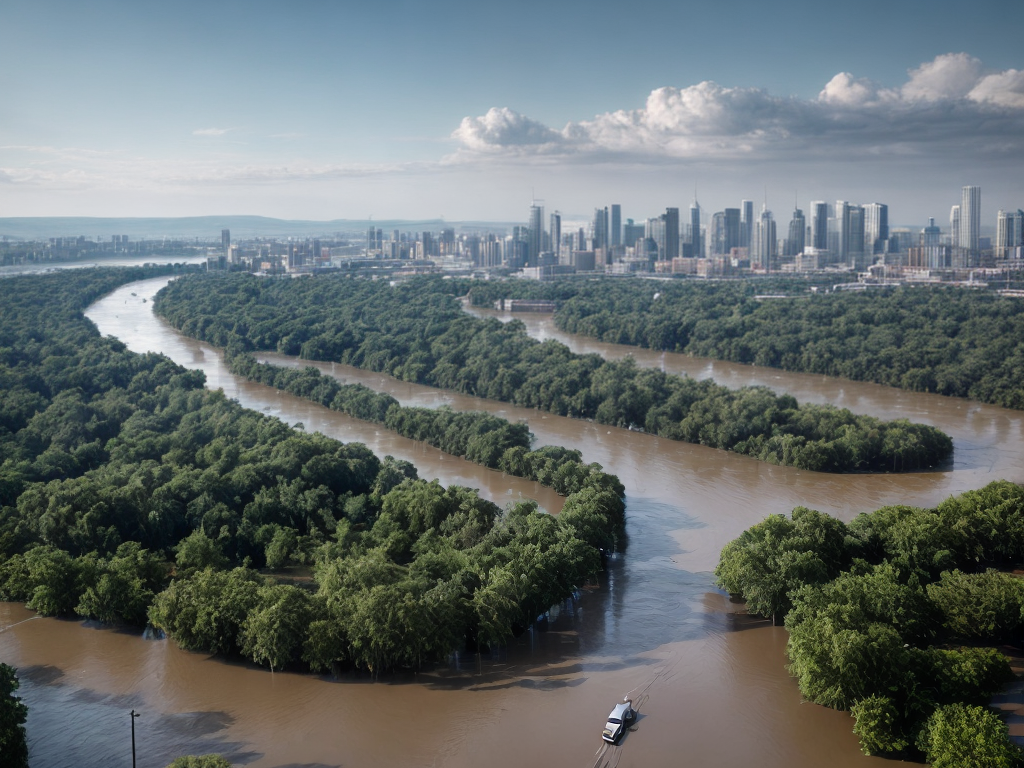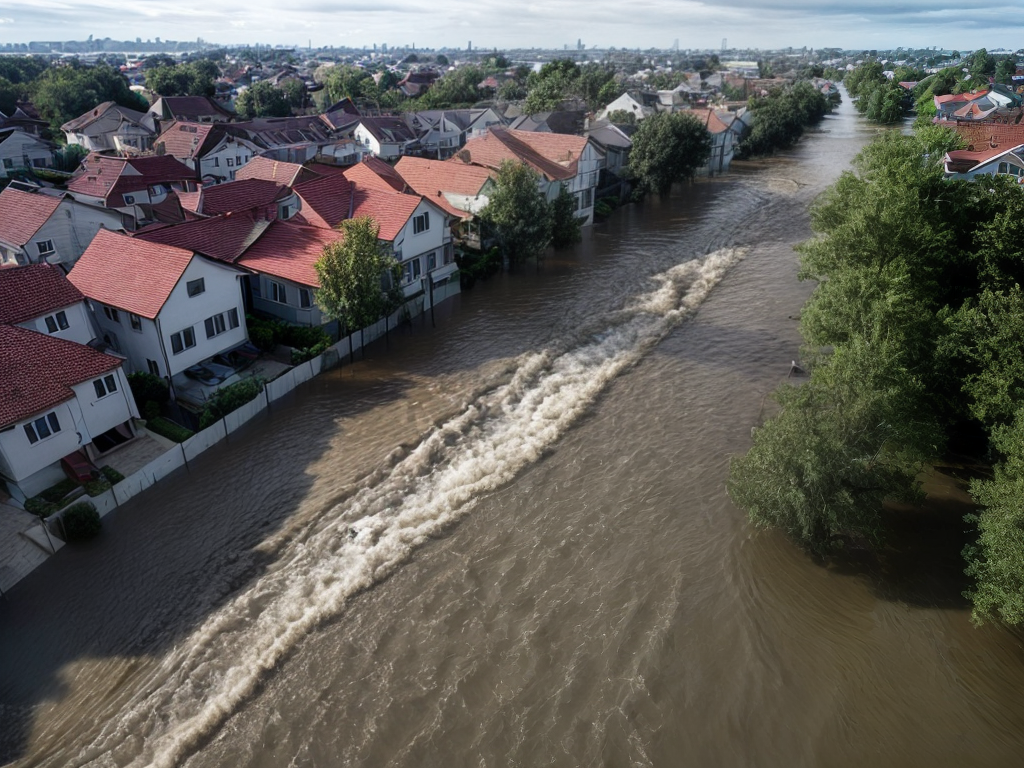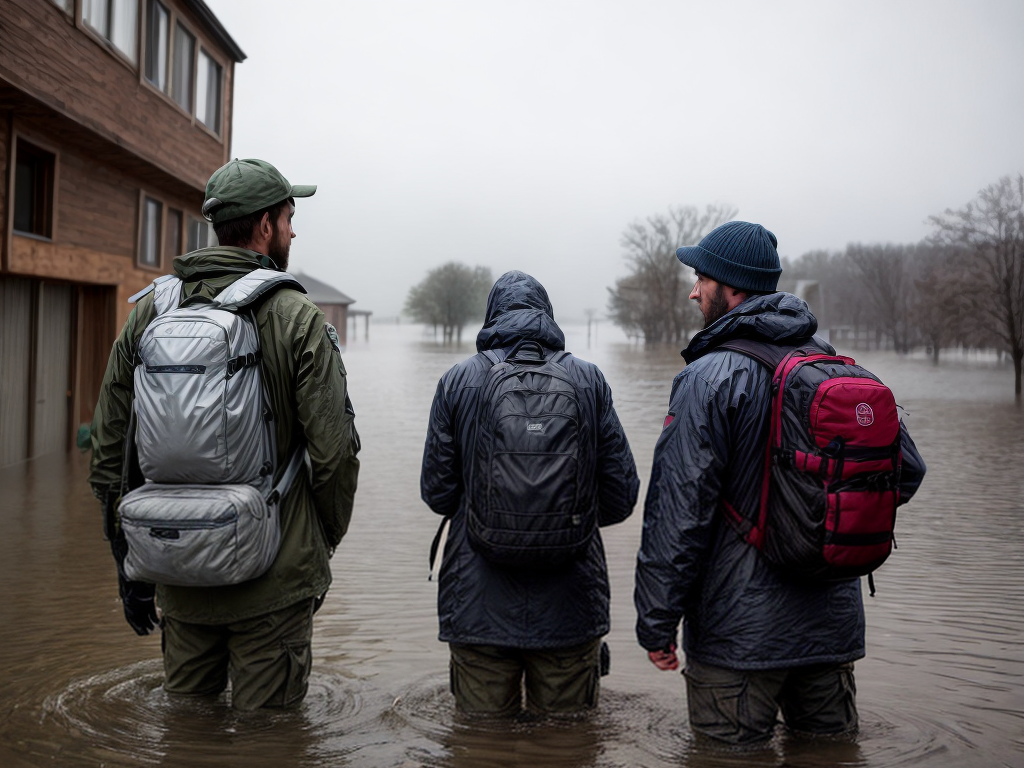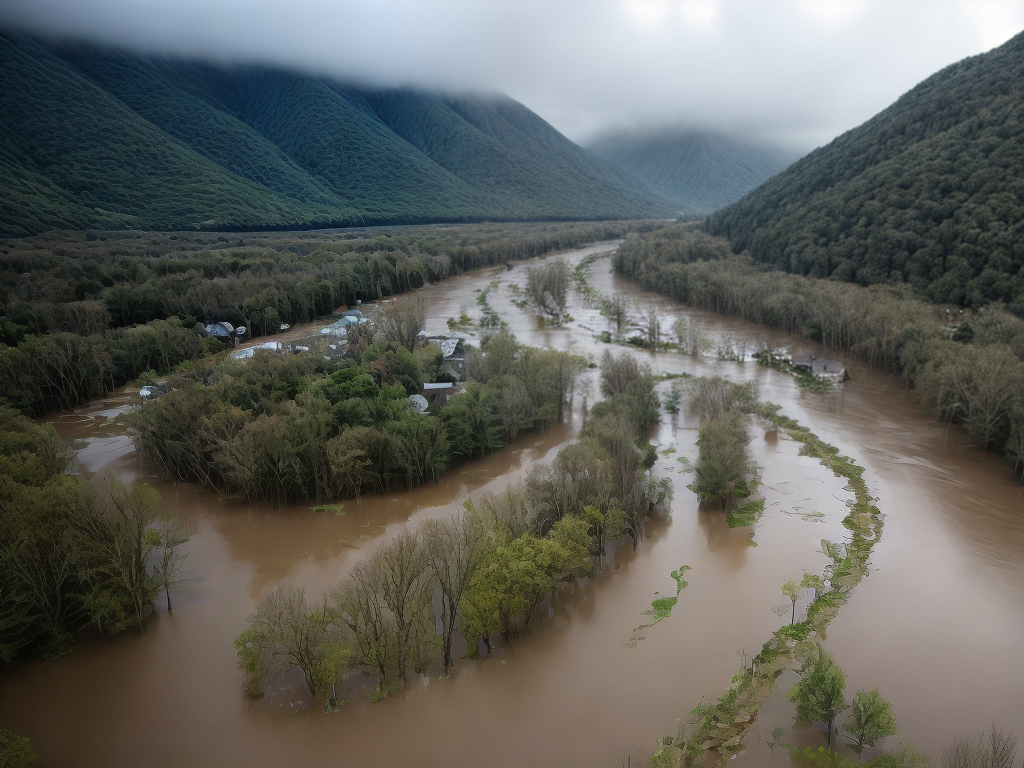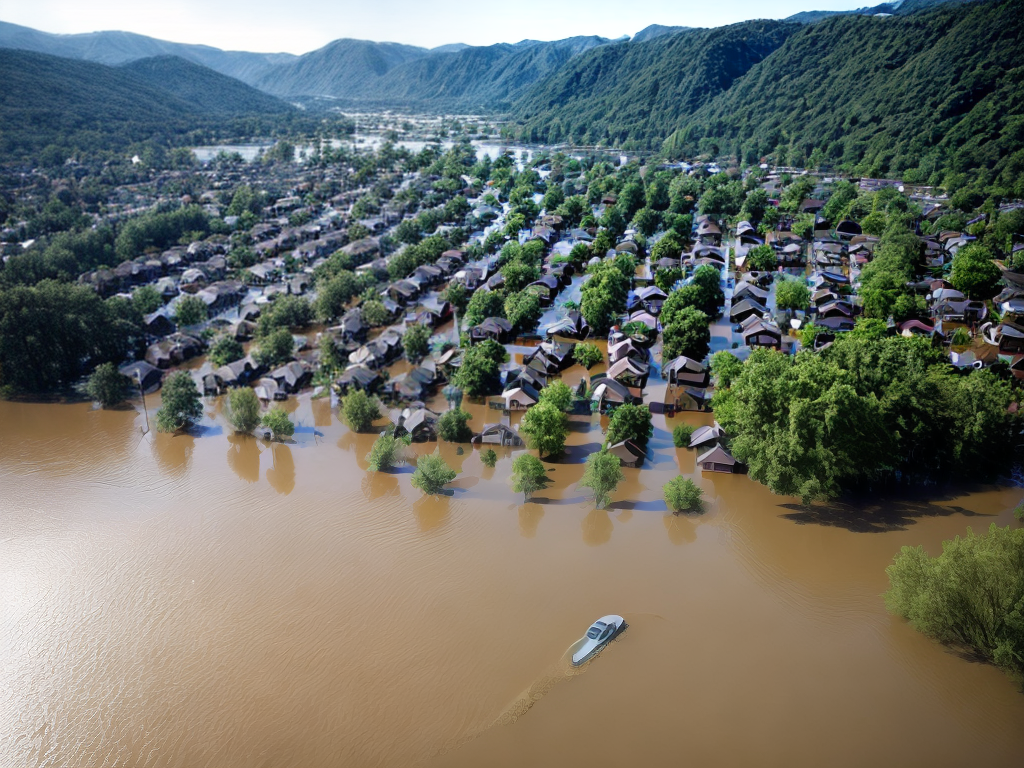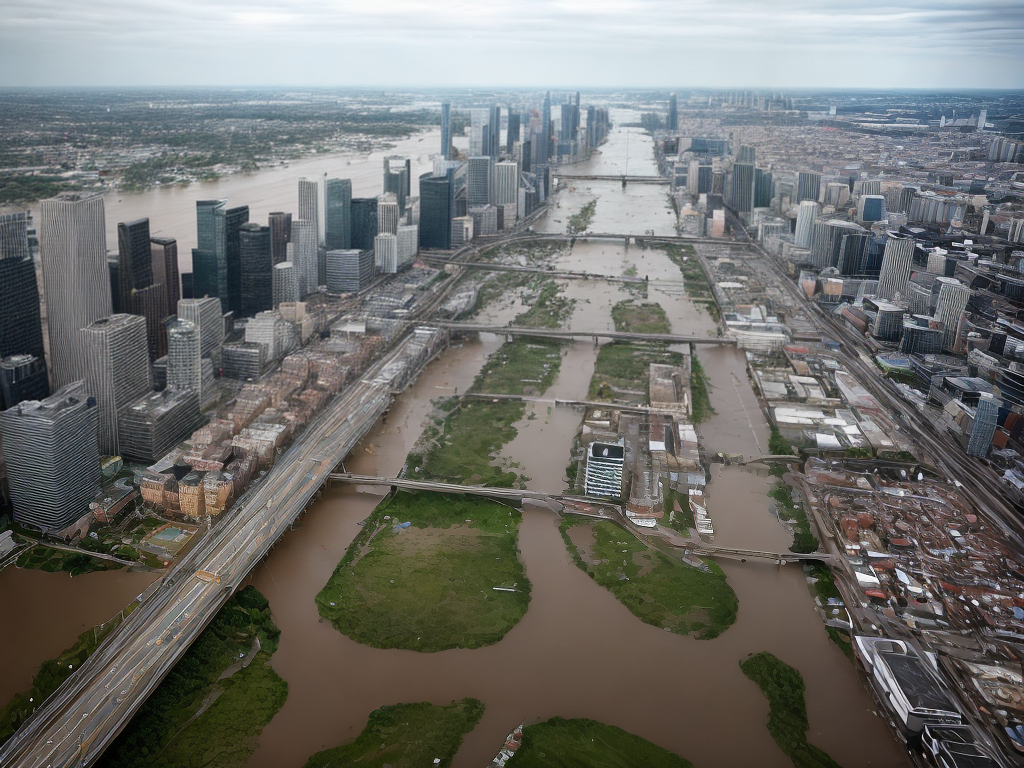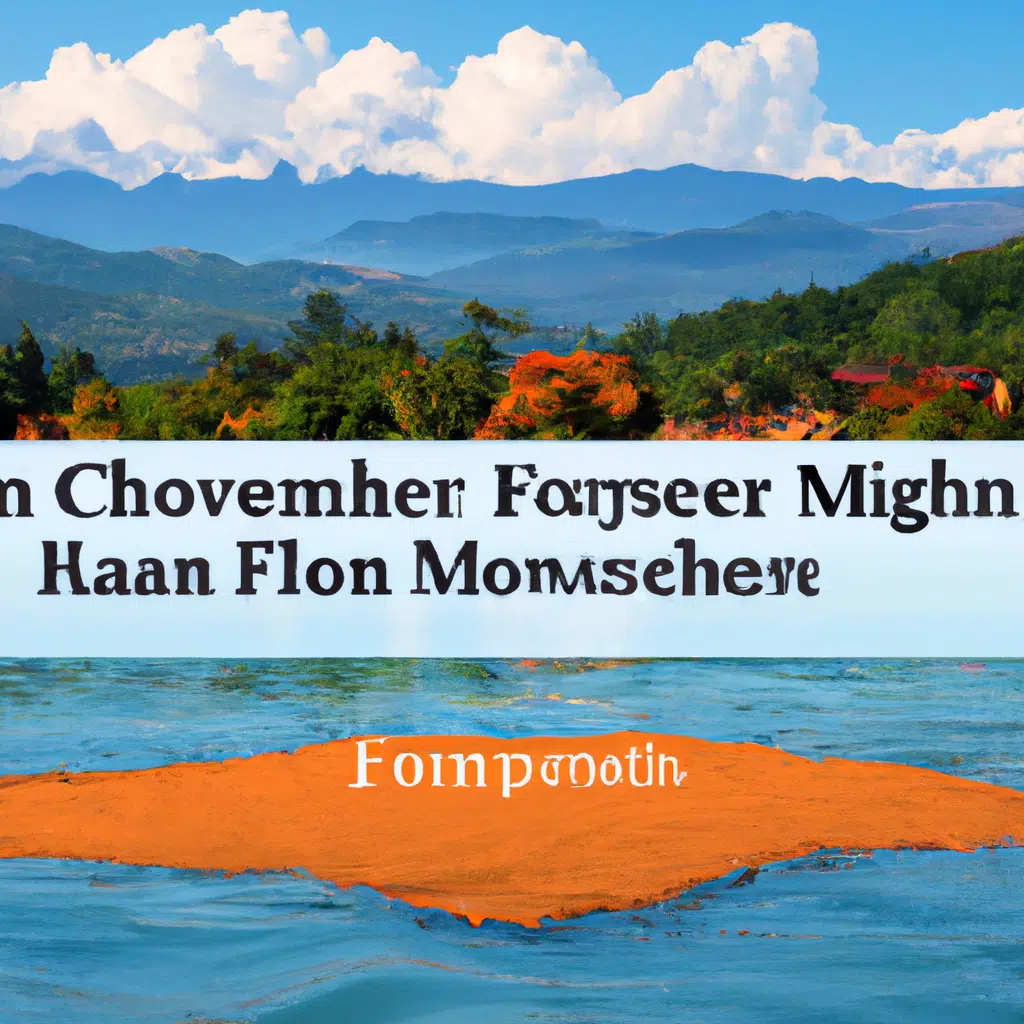
In recent years, the world has witnessed an alarming increase in the frequency and severity of flooding events. As climate change continues to impact our planet, it is crucial to explore effective flood risk management strategies that can mitigate the devastating consequences of such disasters. While traditional international policies have laid the groundwork for flood management, there are valuable lessons to be learned from lesser-known countries that have successfully outperformed these conventional approaches. In this article, we delve into the innovative flood risk management practices employed by these countries and highlight the key factors contributing to their success.
Understanding the Global Flood Challenge
Before we delve into the flood risk management strategies employed by lesser-known countries, it is essential to grasp the magnitude of the global flood challenge. Flooding affects millions of people worldwide, causing significant economic losses, displacement, and loss of life. Traditional approaches to flood management have often focused on structural measures such as dams and levees, but these solutions are no longer sufficient in the face of climate change.
Embracing Nature-Based Solutions
One of the key lessons we can learn from lesser-known countries excelling in flood risk management is the importance of embracing nature-based solutions. These innovative approaches recognize the inherent value of natural ecosystems in reducing flood risk. By restoring wetlands, preserving floodplains, and implementing sustainable land-use practices, these countries have managed to create a harmonious balance between human development and flood resilience.
Wetland Restoration: A Case Study
In the Netherlands, a country renowned for its expertise in flood management, wetland restoration has played a pivotal role in reducing flood risk. By recreating natural wetland habitats and allowing rivers to meander freely, the Netherlands has created a buffer zone that absorbs excess water during heavy rainfall events. This approach not only reduces the risk of flooding but also provides additional benefits such as enhanced biodiversity and improved water quality.
Preserving Floodplains: Lessons from Bangladesh
Bangladesh, a country prone to frequent flooding due to its geographical location, has successfully harnessed the power of floodplains in mitigating flood risk. By preserving these natural areas and regulating land use, Bangladesh has created space for floodwaters to spread out, minimizing the impact on populated areas. Additionally, the fertile soil deposited during floods has proven to be advantageous for agriculture, contributing to the country’s food security.
Building Resilient Infrastructure
While nature-based solutions are crucial, they must be complemented by robust infrastructure to effectively manage flood risk. Lesser-known countries that have excelled in flood risk management understand the importance of investing in resilient infrastructure that can withstand extreme weather events.
The Role of Early Warning Systems
Early warning systems are a critical component of effective flood risk management. By leveraging advanced technologies and real-time data, countries like Brazil have successfully implemented early warning systems that provide timely alerts to vulnerable communities. These systems enable proactive evacuation and emergency response, significantly reducing the loss of life during flood events.
Integrated Water Management: Singapore’s Success Story
Singapore, a country known for its innovative approaches to urban planning, has demonstrated the effectiveness of integrated water management in flood risk reduction. By adopting a holistic approach that combines flood control measures with water conservation and reuse strategies, Singapore has managed to transform its vulnerability to flooding into an opportunity for sustainable development.
Community Engagement and Capacity Building
In addition to nature-based solutions and resilient infrastructure, community engagement plays a pivotal role in successful flood risk management. Lesser-known countries have recognized the importance of involving local communities in decision-making processes and building their capacity to respond effectively to flood events.
Empowering Local Communities: Lessons from Vietnam
Vietnam has achieved remarkable success in flood risk management by empowering local communities and equipping them with the knowledge and skills to respond to flooding. Through community-based early warning systems, training programs, and the establishment of local flood response teams, Vietnam has effectively reduced the vulnerability of its population to flood events.
Conclusion
Flood risk management on a global scale requires a comprehensive and adaptive approach that goes beyond traditional international policies. By learning from the experiences of lesser-known countries that have outperformed conventional approaches, we can gain valuable insights into effective flood risk management strategies. Embracing nature-based solutions, investing in resilient infrastructure, and actively engaging local communities are key pillars in building flood resilience. As we navigate the challenges posed by climate change, it is imperative that we continue to explore innovative approaches that prioritize the safety and well-being of communities worldwide.

